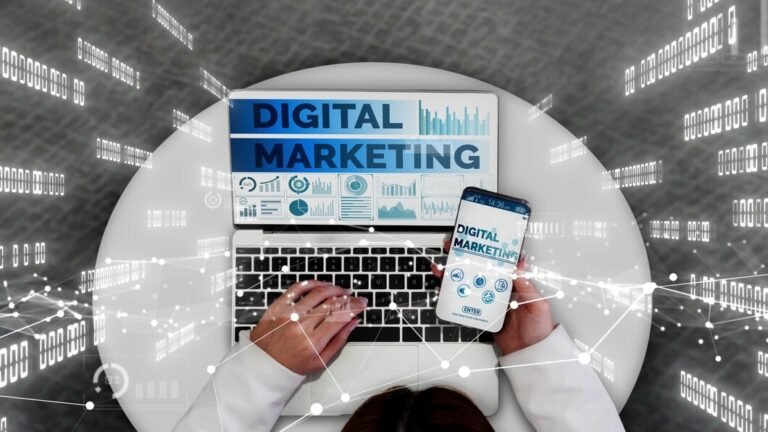How Will Lahore Smart City Adapt to Future Urban Challenges
As cities around the world continue to grow and urbanize at a rapid pace, Lahore Smart City faces the pressing need to tackle future urban challenges head-on. In the coming decades, the city’s capacity to evolve will determine its success in managing resources, population growth, and sustainability. In this article, we delve into the core issues Lahore Smart City must address and explore innovative strategies it can employ to adapt to the urban challenges of tomorrow.
1. Managing Rapid Population Growth
With the urban population growing exponentially, one of the biggest challenges Lahore Smart City will face is accommodating this surge. As more people move to urban centers, the city will need to balance housing demand, infrastructure development, and social services.
To combat overcrowding and prevent the rise of informal settlements, Lahore Smart City plans to implement smart urban planning solutions. These include mixed-use developments, high-density housing projects, and integrated transport systems. By efficiently using land resources and fostering vertical growth, the city can create vibrant, inclusive, and sustainable communities.
2. Addressing Housing Affordability and Inequality
Affordable housing remains a major concern for growing urban areas. Lahore Smart City aims to bridge the housing gap by embracing smart construction methods, such as modular building technologies and sustainable materials. These innovations can reduce construction costs and time, making homes more affordable for low- to middle-income families.
Additionally, Lahore Smart City will promote the development of mixed-income neighborhoods, ensuring that people from various economic backgrounds have access to quality housing and amenities. By tackling housing inequality, the city can foster social cohesion and ensure more equitable living conditions.
3. Building Resilient Infrastructure
Resilience is critical when it comes to future-proofing urban infrastructure. Lahore Smart City will focus on building infrastructure that can withstand natural disasters, climate change, and wear and tear from urban expansion.
The city plans to incorporate IoT-enabled sensors into its infrastructure to monitor the condition of roads, bridges, and buildings in real-time. This proactive approach to maintenance can prevent costly repairs and improve safety for residents. Furthermore, Lahore Smart City will invest in renewable energy infrastructure, including solar panels, wind turbines, and smart grids, to create a more resilient and sustainable power supply.
4. Transportation and Mobility Solutions
A critical aspect of any smart city is its ability to move people efficiently. Lahore Smart City will face increasing pressure on its transportation systems as the population expands. To address this, the city will implement a multi-modal transport system, integrating electric buses, autonomous vehicles, and shared mobility solutions such as bike and scooter-sharing programs.
The development of a smart traffic management system will also be key. This system will use real-time data to manage traffic flow, reduce congestion, and minimize travel times. Lahore Smart City will also prioritize pedestrian-friendly infrastructure, including safe walkways, bike lanes, and green spaces, to encourage eco-friendly modes of transport.
5. Water Resource Management
With rising temperatures and the increasing risk of water shortages, water resource management is a top concern for Lahore Smart City. The city plans to implement smart water systems that monitor and regulate water usage across residential, commercial, and industrial sectors. These systems will minimize wastage by detecting leaks, monitoring consumption patterns, and optimizing distribution.
To further safeguard its water supply, Lahore Smart City will invest in rainwater harvesting systems, water recycling technologies, and desalination plants. These measures will ensure a sustainable and secure water supply for future generations.
6. Energy Efficiency and Sustainability
The demand for energy will continue to grow as Lahore Smart City expands. To meet this demand without exacerbating environmental issues, the city is committed to enhancing energy efficiency across various sectors. Buildings will be equipped with smart energy systems that regulate power consumption based on usage patterns, and the adoption of renewable energy sources will reduce reliance on fossil fuels.
Lahore Smart City will also embrace green building practices, incorporating solar panels, energy-efficient lighting, and natural ventilation systems into its construction projects. By investing in energy-efficient solutions, the city can significantly reduce its carbon footprint and pave the way for a more sustainable future.
7. Enhancing Public Safety and Security
As urban areas grow, so do concerns about public safety. Lahore Smart City is leveraging technology to create safer environments for its residents. The city will deploy smart surveillance systems that use artificial intelligence to detect and respond to criminal activity in real-time.
In addition, Lahore Smart City will focus on emergency response systems that are integrated with public health services, fire departments, and law enforcement agencies. These systems will provide faster response times and better coordination between emergency services, ensuring the safety and security of all citizens.
8. Fostering Economic Development and Job Creation
Creating a vibrant economy is crucial to ensuring that Lahore Smart City remains a thriving metropolis. The city plans to foster innovation through technology incubators and start-up accelerators that will attract entrepreneurs and investors. By supporting small and medium enterprises (SMEs) and fostering a culture of innovation, Lahore Smart City can become a hub for cutting-edge industries, such as artificial intelligence, blockchain, and fintech.
Furthermore, the city’s emphasis on digital infrastructure and smart solutions will generate new jobs in tech-related fields. With the introduction of 5G networks and cloud computing, Lahore Smart City will attract businesses looking to leverage advanced technologies.
9. Promoting Environmental Sustainability
Environmental sustainability is a cornerstone of the Lahore Smart City vision. As the city continues to grow, it will need to balance development with the preservation of its natural resources. The city plans to create green spaces, promote urban farming, and develop eco-friendly public transportation systems to reduce emissions and improve air quality.
Additionally, Lahore Smart City will implement waste management technologies to promote recycling and minimize landfill use. These initiatives will help the city achieve its sustainability goals while maintaining a high quality of life for residents.
10. Citizen Engagement and Smart Governance
At the heart of any successful smart city initiative is citizen engagement. Lahore Smart City aims to involve its residents in decision-making processes through digital platforms that allow for real-time feedback and participation in city governance.
The city’s commitment to open data will ensure transparency and accountability, allowing citizens to monitor government activities and provide input on urban planning initiatives. By fostering a culture of collaboration and engagement, Lahore Smart City can ensure that its growth aligns with the needs and aspirations of its residents.
Conclusion
Lahore Smart City is well-positioned to address the urban challenges of the future through a combination of innovative technologies, smart planning, and sustainable practices. By investing in resilient infrastructure, energy efficiency, and citizen engagement, the city will continue to thrive in an increasingly complex and interconnected world.
For More Information: Smart City Lahore






